CUSTOMER HAS DATA POWER, BRANDS HAVE TECH SOLUTIONS
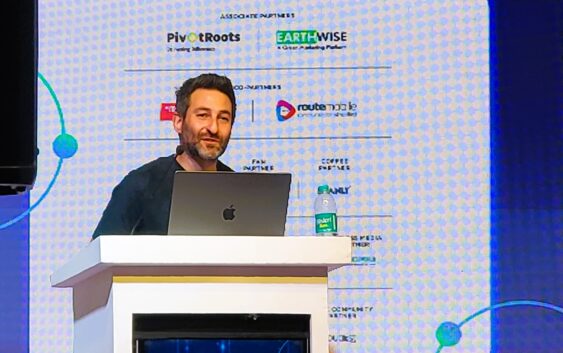
The digital marketing landscape is evolving at breakneck speed. New technologies are emerging constantly, transforming the way we connect with consumers. This conference explored deep into the latest advancements in AI, AR/VR, blockchain, and more, exploring how they are reshaping marketing strategies.

At E4M TechManch 2024, marketers from around the globe will converge to exchange insights, share innovative ideas, and explore how emerging technologies are shaping the future of marketing. By attending, you’ll gain insights from industry leaders and discover cutting-edge tactics to stay ahead of the curve and thrive in the exciting world of digital marketing. It’s time to embrace the digital revolution and unlock new avenues for growth.
TechManch is more than just a conference; it’s a vibrant community driving innovation and progress in the digital marketing industry. We’re dedicated to bringing together professionals from around the globe to foster collaboration, spark creativity, and drive positive change.
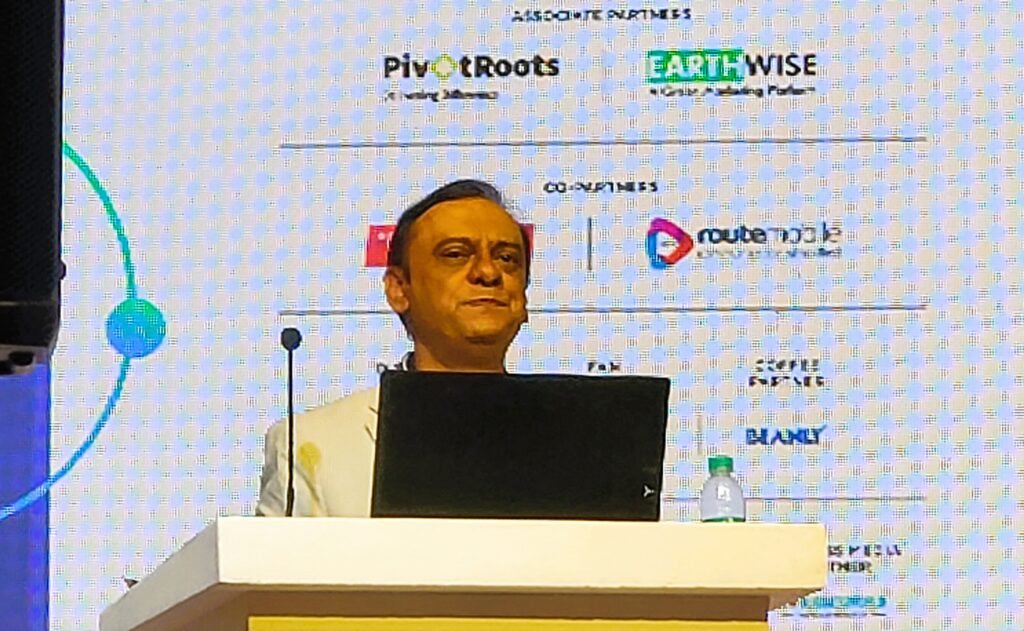
The Tech Trends Shaping the Future of Digital session by Gopal Asthana -CEO of Tata CLiQ, delved into the significant surge in online activity and the rapid expansion of e-commerce. It meticulously examined the behavioral patterns of digital consumers, exploring the underlying factors that drive their online behavior. The discussion analyzed how these behaviors influence consumption patterns and the implications for businesses seeking to effectively engage digital audiences.
The Indian retail landscape is undergoing a seismic shift, driven by the rapid growth of digital commerce. As more consumers embrace online shopping, traditional brick-and-mortar retailers are scrambling to adapt or risk being left behind.
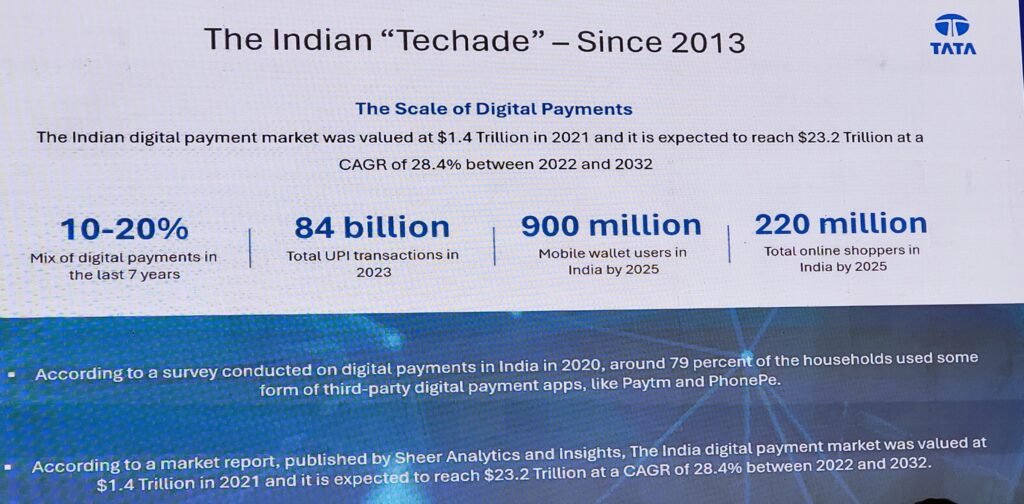
According to Gopal Asthana, seasoned retail industry veteran, the key to success in today’s market lies in providing a seamless customer experience across both online and offline channels. “The goal of any brand,” he emphasizes, “is to ensure that customers can interact with the brand in any way they choose, whether it’s through a physical store or a digital platform.”
The pandemic accelerated the adoption of e-commerce in India, as consumers turned to online shopping for essential goods and services. This trend has continued to gain momentum, fueled by factors such as increasing internet penetration, affordable smartphones, and the proliferation of digital payment options.
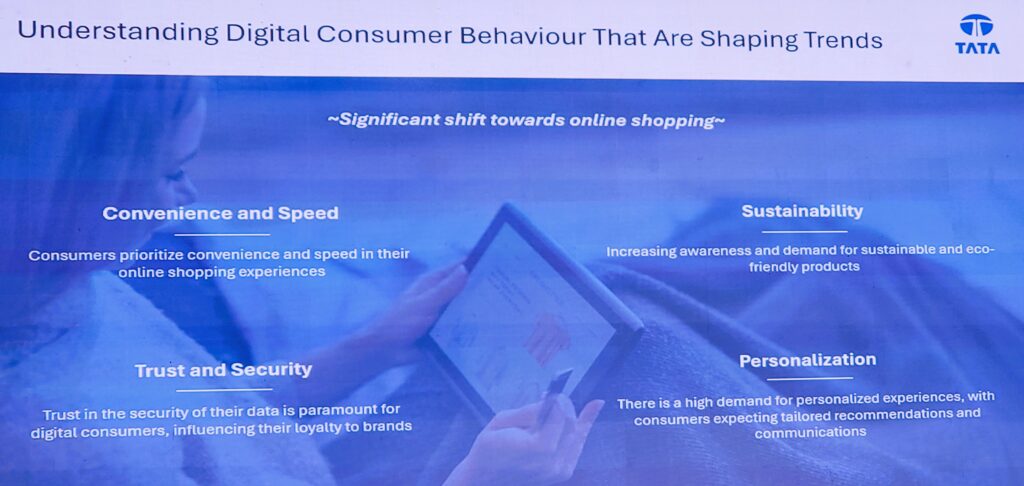
Data indicates e-commerce growth in India and underscore the immense potential of the Indian digital commerce market. To capitalize on this opportunity, retailers must invest in technology and digital capabilities. Artificial intelligence (AI), machine learning (ML), augmented reality (AR), virtual reality (VR), and the Internet of Things (IoT) are just a few of the technologies that can help businesses enhance their online presence and improve customer engagement.
Sustainability is another critical factor to consider. As consumers become more environmentally conscious, retailers must adopt sustainable practices and reduce their carbon footprint. This includes minimizing packaging, optimizing logistics, and supporting ethical sourcing.
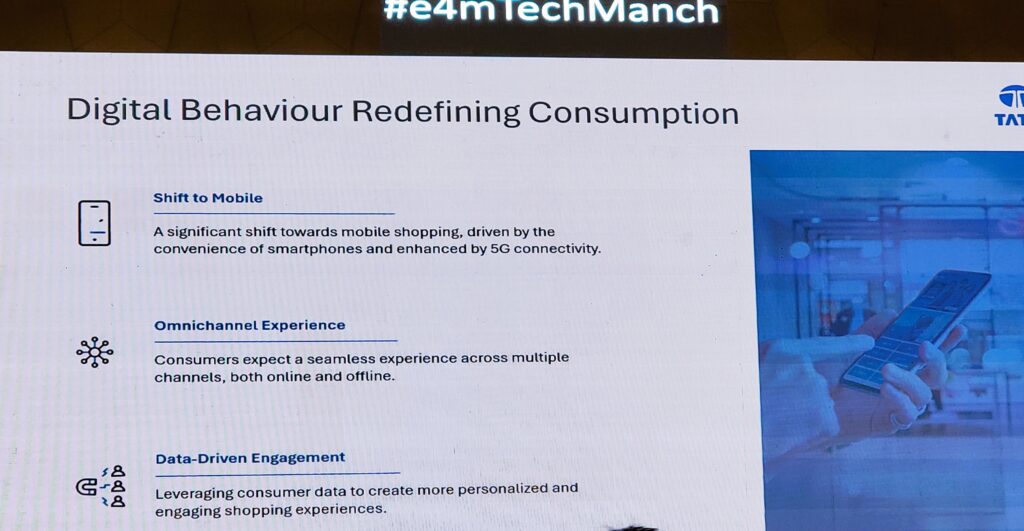
In conclusion, the Indian retail industry is undergoing a profound transformation, driven by the rise of digital commerce. By embracing technology, prioritizing customer experience, and adopting sustainable practices, retailers can position themselves for long-term success in this rapidly evolving market.
In today’s fast-paced digital age, customer experience has become a paramount factor in determining a brand’s success. As consumers increasingly interact with businesses through various online channels, it’s imperative that brands strive for consistency across all touchpoints. This consistency fosters trust, loyalty, and ultimately, customer satisfaction. By aligning online and offline experiences, brands can create a cohesive and seamless journey that resonates with their target audience.
The key points –
It’s essential for brands to maintain consistency in their customer experiences.
Brands should focus on delivering experiences that align with consumers’ desired lifestyles.
Online platforms need to replicate the seamlessness of offline experiences to ensure consistent customer engagement.
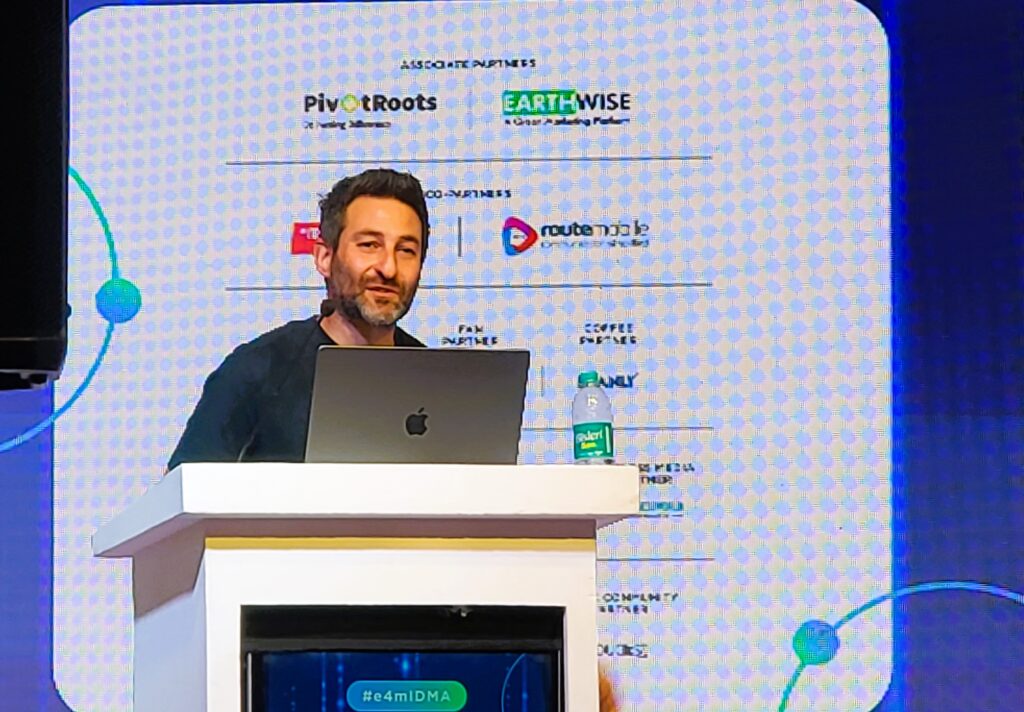
Dale Imerman, Vice President of Immersive Technology & AI at WPP, who has been at the forefront of analyzing how artificial intelligence (AI) is transforming various sectors through immersive technologies. In his keynote session, Dale delved into the profound impact these technologies are having on healthcare, education, retail, and manufacturing.
Dale explored the emergence of AI and immersive technology. These technologies are growing, and they will soon be leveraged to generate novel and inventive advertising experiences. Some key aspects include AI as the last piece in the jigsaw of technological growth and the internet’s transition from 2D to 3D.
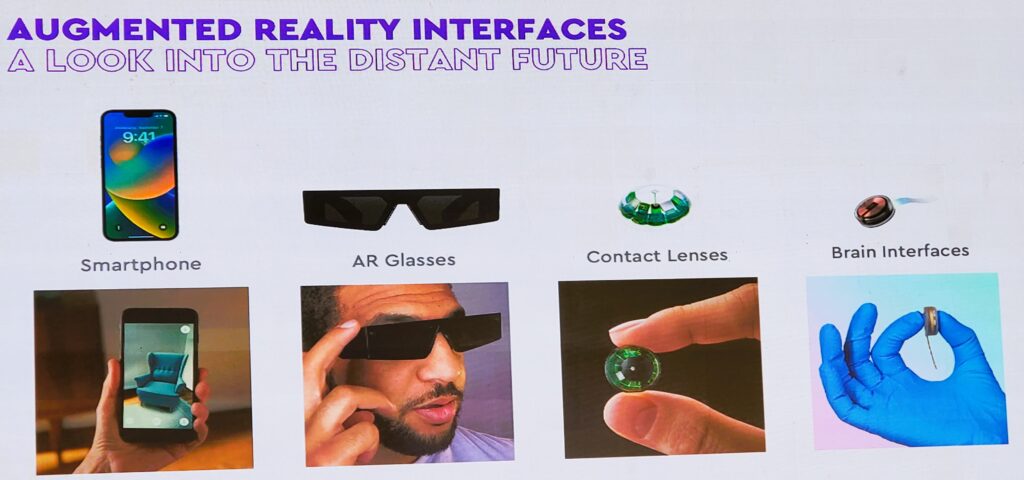
Key Points:
Retail Evolution: Dale emphasized the shift in retail from brick-and-mortar to online, highlighting the need for brands to adapt to changing customer behavior.
Customer-Centric Approach: Dale stressed the importance of providing a seamless customer experience, both online and offline, and tailoring offerings to individual preferences.
Digital Transformation: Dale discussed the rapid growth of digital platforms in India and the increasing number of internet users.
Technology’s Role: Dale highlighted the significance of technology, such as AI, ML, AR, VR, IoT, and cybersecurity, in shaping the digital landscape.
Sustainability: Dale emphasized the importance of sustainability in the digital age.
Omni-Channel Strategy: Dale recommended a combined online and offline approach for brands to effectively reach customers.
Imerman believed that AI-powered immersive technologies are just beginning to scratch the surface of their potential. As these technologies continue to evolve, we can expect to see even more innovative applications across a wide range of industries.
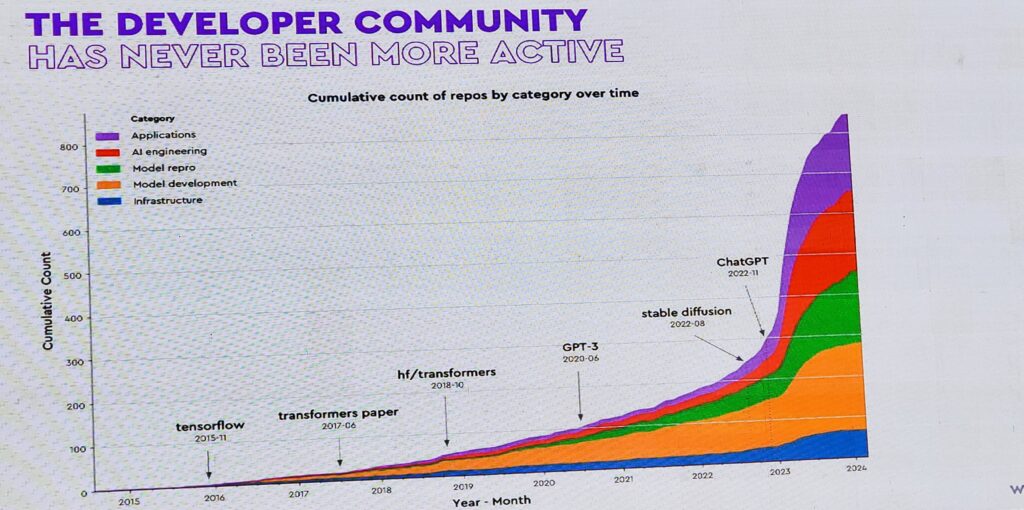
“I get to engage with a lot of teams and a lot of clients in this region, which is a big privilege, and I engage very closely with our data teams, our creative technology teams, and our global strategic partnerships team. And so I get exposure to all of our agencies across the globe and almost all of our different markets. And the role that we play is really a research and development role to uncover new technologies and to create new solutions that we can commercialize and scale so that our clients can benefit from these new cutting-edge innovations,” said Dale.
Dale believes that improvements in AI and immersive technology are beneficial and will have a huge influence on our lives. The speaker believes that we are living in one of the most exciting eras in history, and that artificial intelligence (AI) is the final piece in the jigsaw of technological convergence. The speaker also feels that AR and VR are important developing technologies, and that the metaverse is a journey we are embarking on. The speaker views AI as a tool that may be utilized to boost human ingenuity rather than a threat to human jobs. Dale also feels that AI is a fantastic opportunity for India, with the potential to become a leader in this sector.
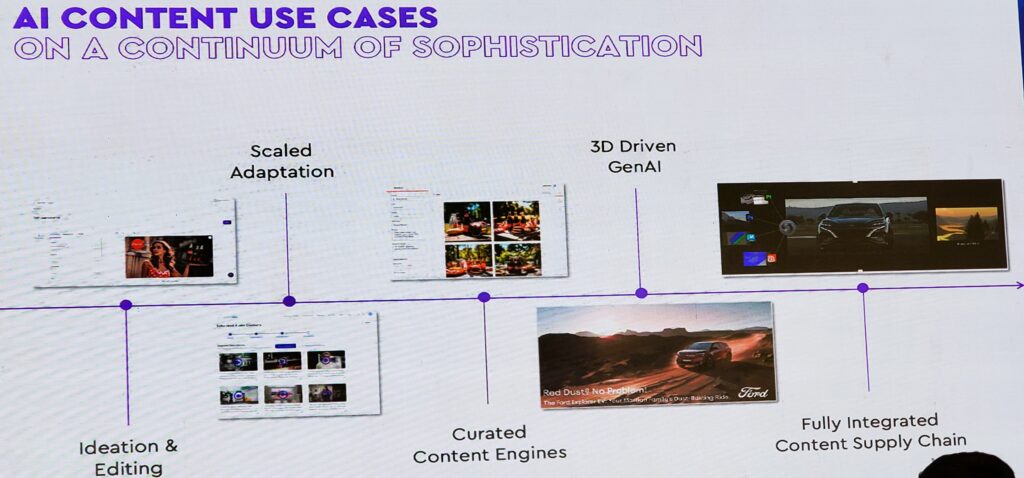
Immersive technologies, such as VR and AR, Dale says, make digital encounters feel more genuine. VR transports you to a separate universe, whilst AR incorporates digital aspects into your real world. These technologies enable companies to create exciting and engaging experiences, present items in new ways, and engage with customers more intimately. For example, you might use AR to try on virtual clothing or take a virtual tour of a vehicle dealership from the comfort of your own home. This makes marketing more engaging and memorable for consumers.
WPP has made major investments in AI, totaling over 250 million pounds per year, to guarantee that our employees have the greatest tools at their disposal to create excellent results for our customers utilizing cutting-edge technology. We invented WPP Open, an intelligent marketing operating system driven by AI that brings together all of WPP’s service offerings, technology, apps, and data in one location, allowing our clients and teams to operate more efficiently and effectively.
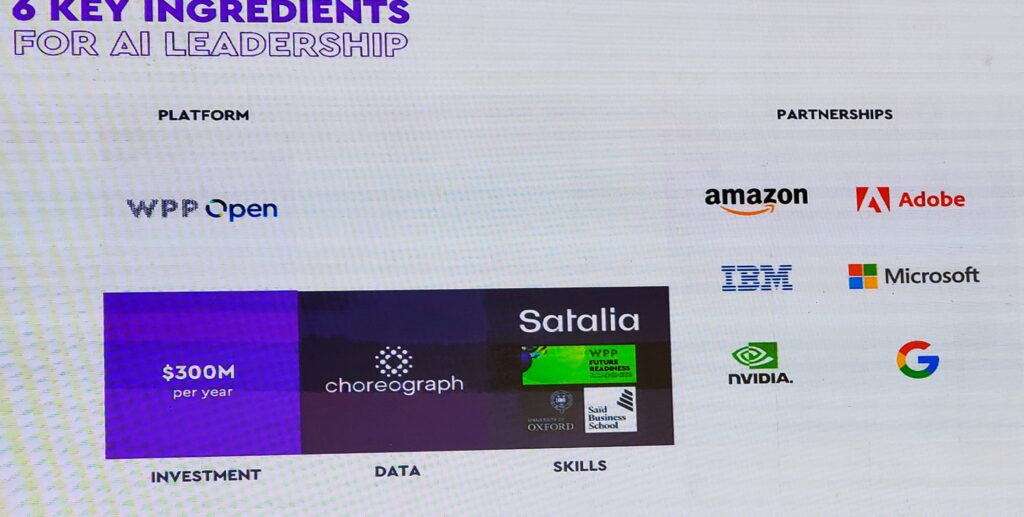
WPP Open is a highly personalized operating system that can be customised to fit a company’s working practices, standardising and automating marketing activities. It uses AI to boost creativity, optimize workflows, access vast amounts of data, and access cutting-edge apps.
Dale highlights, AI is being used to improve efficiency and personalize content in the advertising and marketing industry. AI will not replace human creativity, but instead enhance it. Successful AI-led campaigns include Coca-Cola’s use of AI to create personalized songs and Virgin Voyages’ use of AI to create personalized video invitations.
Immersive technologies in marketing have grown in popularity over the last decade, owing in large part to digital platforms like as Snapchat, TikTok, and Instagram, which provide tools for consumers to create augmented reality filters and effects. We’ve also seen these platforms introduce AR media units, allowing advertisers to communicate with consumers in more engaging ways than traditional advertising that just include photos and video. Many firms are also developing applications or using WebAR in smartphone browsers to allow customers to experience their products in 3D, produce user-generated content, and ease shopping.
In conclusion, AI is not a replacement for human creativity but rather a powerful tool that can augment it. By harnessing the capabilities of AI, marketers can create more effective, personalized, and engaging campaigns that resonate with their target audience.
Dale emphasizes too, AI is not a replacement for human creativity, but rather a potent tool for enhancing it. By leveraging AI capabilities, marketers can design more successful, tailored, and engaging campaigns that appeal to their target demographic.
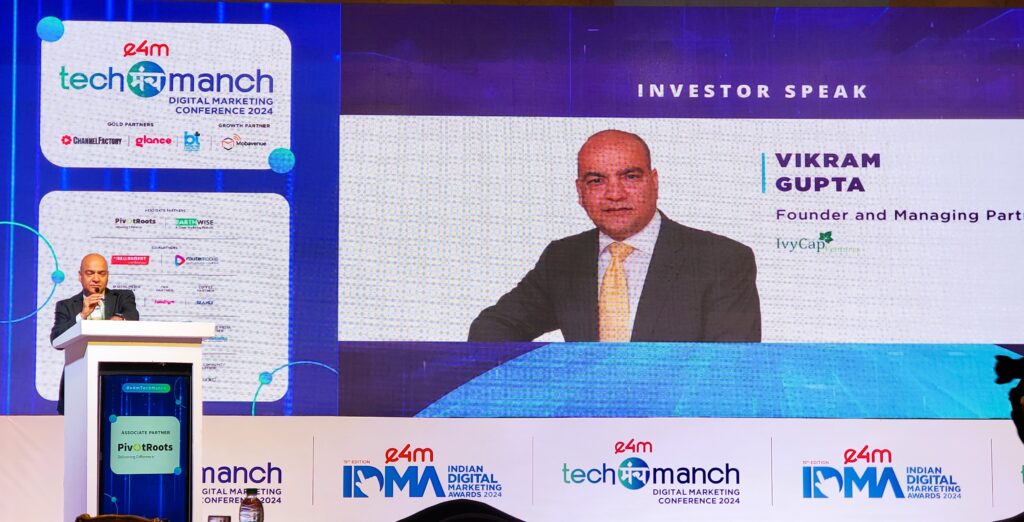
Vikram Gupta, Founder and Managing Partner, IvyCap Ventures presented on The Indian Digital Landscape: Opportunities & Challenges for Investors. He provided a comprehensive overview of the Indian digital economy, highlighting its immense potential and key challenges. He discussed the favorable demographics, rapid internet penetration, and growing data consumption in India, which make it an attractive market for investors.
Opportunities in the Indian Digital Economy
Favorable Demographics: India’s young and tech-savvy population presents a significant opportunity for digital businesses.
Rapid Internet Penetration: Increasing internet access is driving growth in e-commerce, online services, and digital content consumption.
Data Consumption: India is the world’s largest consumer of mobile data, indicating a strong demand for data-driven products and services.
Diverse Sectors: Opportunities exist across various sectors, including fintech, e-commerce, healthcare, education, and entertainment.
Focus on Personalization: There is a growing trend towards personalized products and services, driven by the availability of data and advanced technologies.
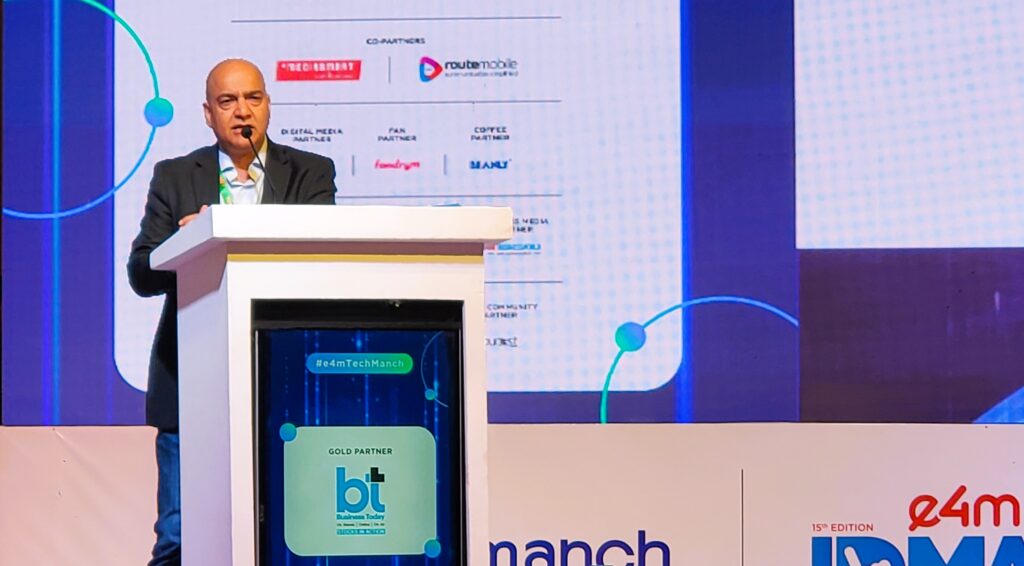
Challenges and Considerations
Regulatory Landscape: Keeping pace with the evolving regulatory environment can be challenging for businesses.
Competition: Intense competition from both domestic and international players can make it difficult to gain market share.
Talent Acquisition: Finding and retaining skilled talent can be a significant hurdle for startups.
Funding: Access to funding, especially during economic downturns, can be a constraint for growth.
Investor Perspective
Focus on Scalability: Investors are looking for businesses with strong potential for growth and scalability.
Unit Economics: Profitability and unit economics are crucial factors for investors.
Team and Execution: The quality of the founding team and their ability to execute the business plan are key considerations.
Long-Term Vision: Investors are interested in businesses with a long-term vision and the potential to create sustainable value.
Overall Outlook
Vikram Gupta remains optimistic about the future of the Indian digital economy, despite the challenges. He believes that the country’s favorable demographics, growing internet penetration, and increasing innovation will continue to drive significant growth in the years to come.
On the challenges and opportunities in the Indian startup ecosystem. Vikram highlighted the following:
The government is actively supporting the startup ecosystem through various initiatives.
Regulators are lagging behind in adapting to the rapidly changing dynamics of the startup ecosystem, which can create hurdles for startups.
Internet penetration has grown exponentially in India, opening doors for new opportunities for entrepreneurs.
There is a need for more domestic capital to support the growth of Indian startups.
Overall, he highlighted that the Indian startup ecosystem has immense potential, but there are some challenges that need to be addressed.
The panel discussion – From Data to Delight: Revolutionizing Content Discovery With Hyper-Personalization, the panellists –
→ Sujay Ray, Head Digital Marketing, Loreal
→ Sairam Ranganathan, Chief Digital Officer, Wavemaker & Wavemaker NorthStar
→ Reena Jagtap, Lead- Digital Marketing, Henkel
→ Priyanka Bisen Shah, Head of Digital Marketing, Bajaj Auto
→ Anuja Trivedi, CMO, Shemaroo
session chaied by Devika Sharma, VP & GM, India, Glance.
The talks highlighted the following key points:
The Indian digital economy is experiencing rapid growth, driven by factors such as favorable demographics, increasing internet penetration, and growing data consumption.
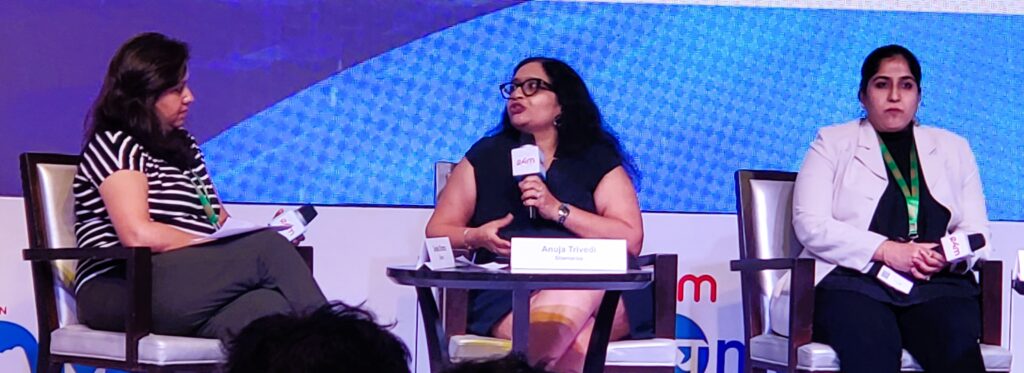
In today’s data-driven world, marketers are constantly seeking innovative ways to connect with their audience on a deeper level. Hyper-personalization, the practice of delivering highly tailored experiences to individual customers, has emerged as a powerful strategy to achieve this goal. By leveraging advanced technologies and a wealth of customer data, businesses can create personalized content, targeted advertising, personalized offers, and unique customer experiences.
Data is the cornerstone of hyper-personalization, enabling marketers to deliver highly tailored experiences to individual customers. By leveraging a variety of data sources and advanced technologies, businesses can create targeted marketing campaigns that resonate deeply with their audience.
Technologies Enabling Hyper-Personalization:
• Artificial Intelligence (AI): AI algorithms can analyze vast datasets to identify patterns and predict customer behavior, enabling personalized recommendations and offers.
• Machine Learning: Machine learning models can continuously learn and improve over time, refining personalization efforts based on new data.
• Natural Language Processing (NLP): NLP allows computers to understand and interpret human language, enabling personalized communication and content.
• Predictive Analytics: This technology uses historical data to predict future customer behavior, allowing for proactive personalization.
Sharma provided context by emphasizing the significance of personalization and how technology plays a role in it. “Mobiles have become a critical part of our lives, influencing how we eat, shop, and travel, and encompassing nearly every aspect of our daily routines. As this development progresses, consumers now expect a high level of personalization. They want to see content, food, clothes, and travel options that are relevant to them, within their budget, and aligned with their preferences. Data plays a huge role in enabling this personalised experience throughout the consumer journey.”
AI is playing a crucial role in enhancing efficiency, personalization, and creativity in various industries.
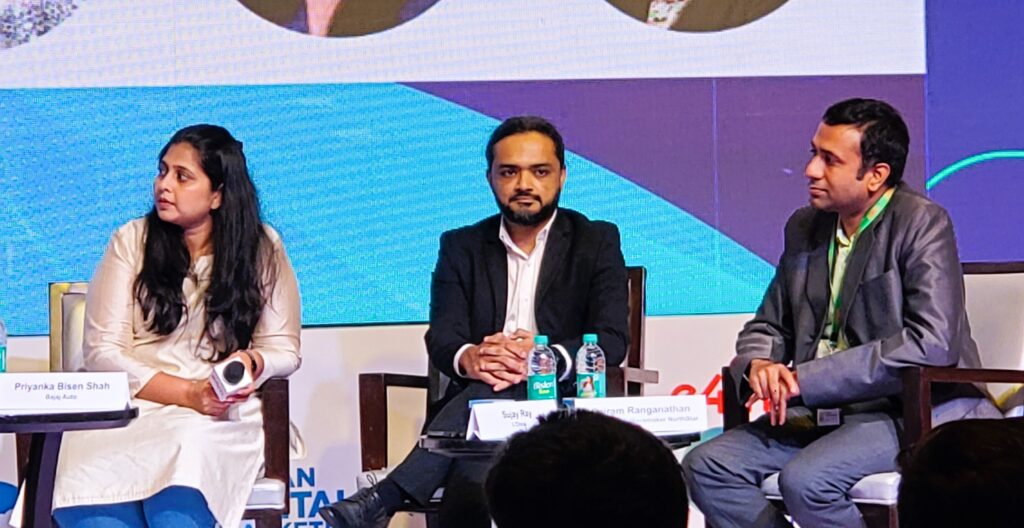
The government is actively supporting the startup ecosystem, but there are challenges related to regulations and access to capital.
The future of the Indian digital economy is promising, with opportunities in sectors like fintech, e-commerce, healthcare, and education.
There is a need for continued innovation and investment to sustain the growth of the Indian digital ecosystem.
Trivedi narrated how Shemaroo utilises data to drive content discovery and leverage personalisation, “My consumer today expects that I know them very well and demand personalization. It’s not just about curating the right content; it’s also about the app’s appearance, the notifications they receive, and the new content recommendations. The app should communicate effectively through email, the app itself, and outside the app.” “Consumers are extremely demanding, and the data needed for this level of personalization is constantly evolving. For the OTT industry, if personalization is done right, it leads to better engagement, which in turn fosters loyalty. This loyalty can evolve into advocacy, and eventually, brand love, making consumers choose one app over another,” she added.
AI has certainly improved customer experiences in the digital realm, offering value through content and product suggestions. However, today’s consumers want more than algorithm-driven recommendations; they want content that actually speaks to them.
Hyper-personalization is a powerful tool for marketers seeking to build stronger relationships with their customers and drive business growth. By leveraging data, technology, and creativity, businesses can create personalized experiences that resonate deeply with their audience, leading to increased engagement, loyalty, and sales. As the digital landscape continues to evolve, hyper-personalization will play an increasingly important role in marketing success.

